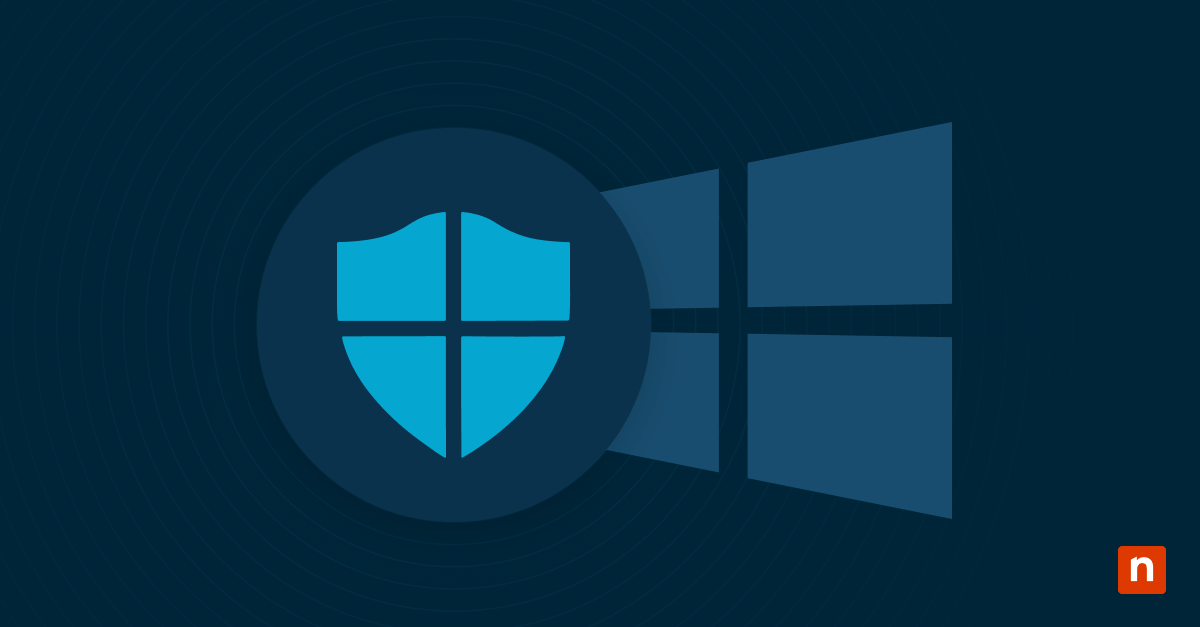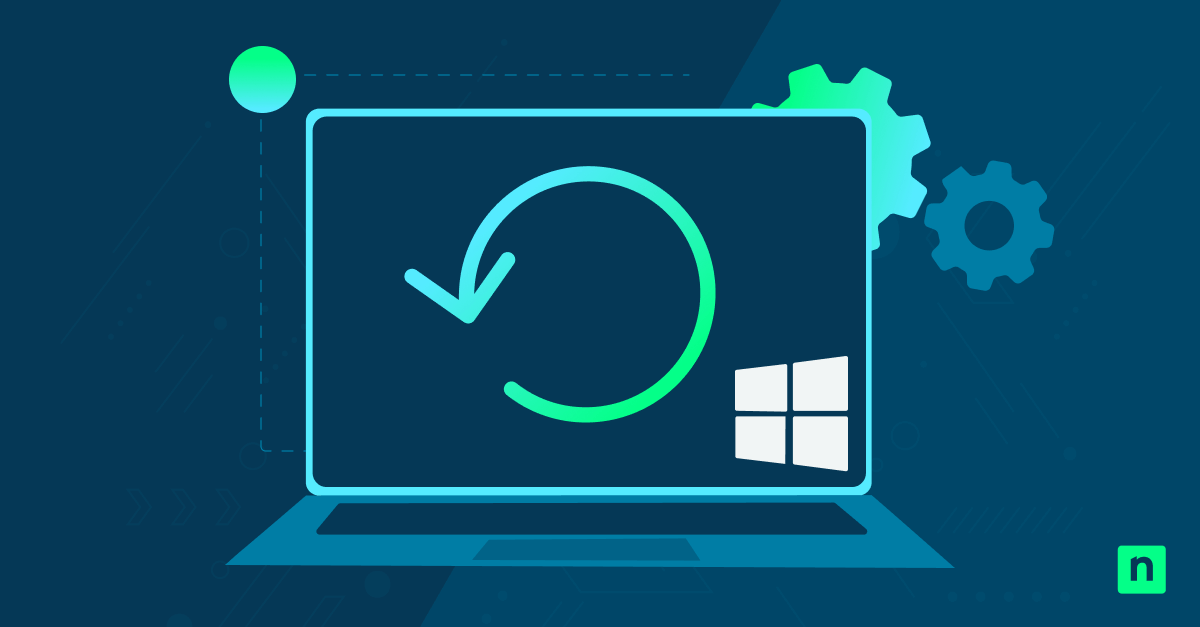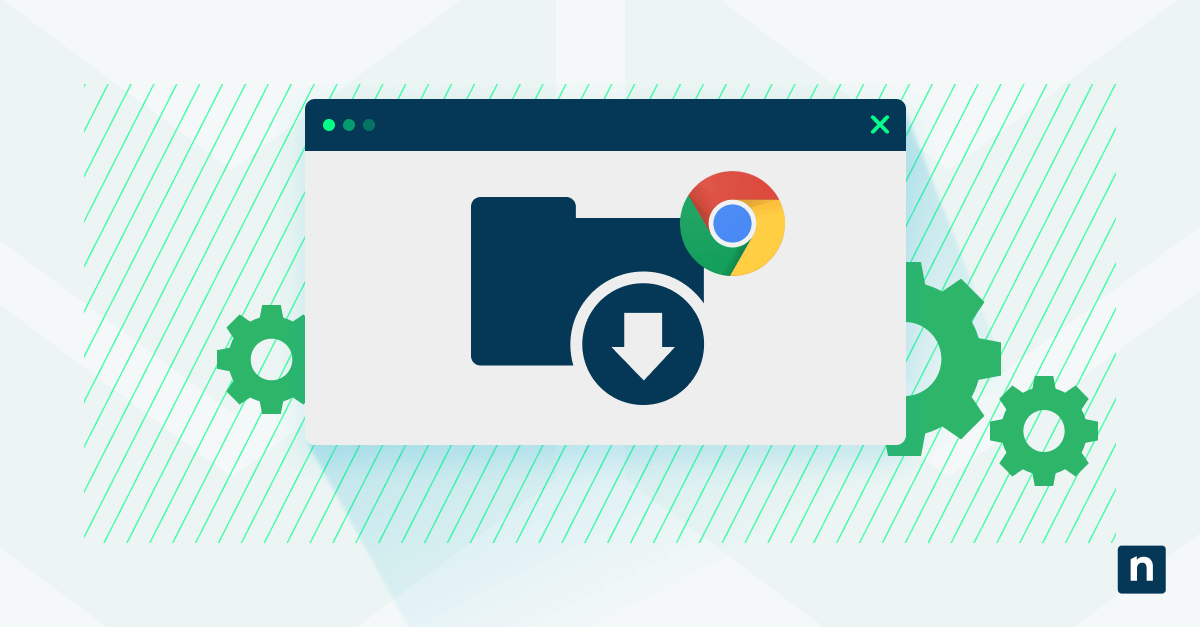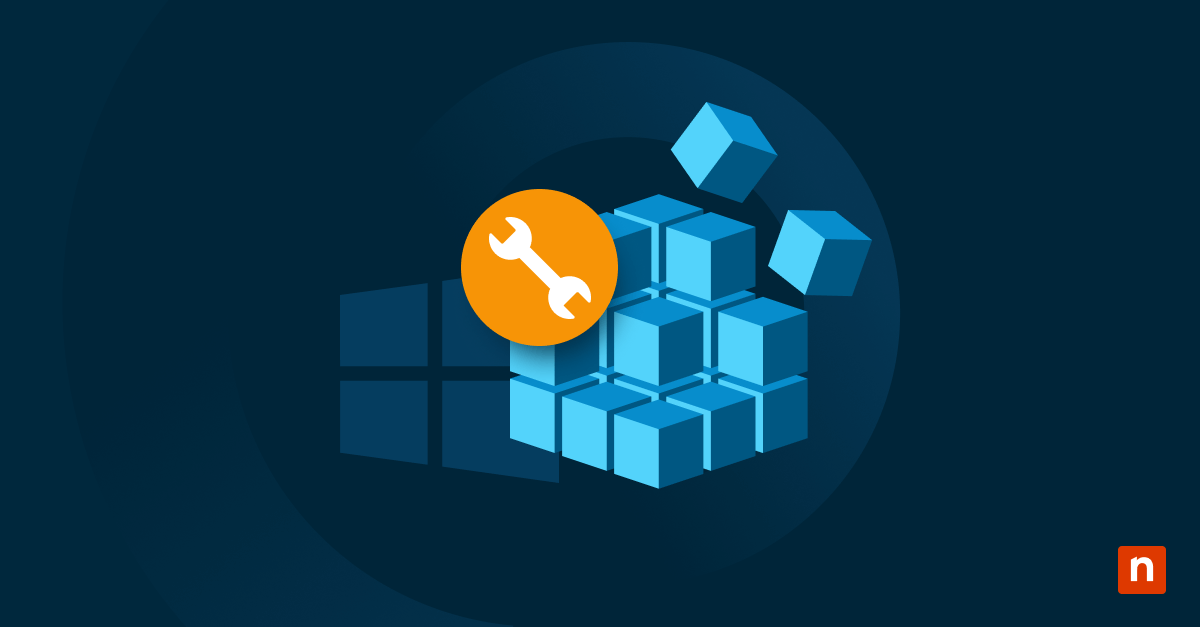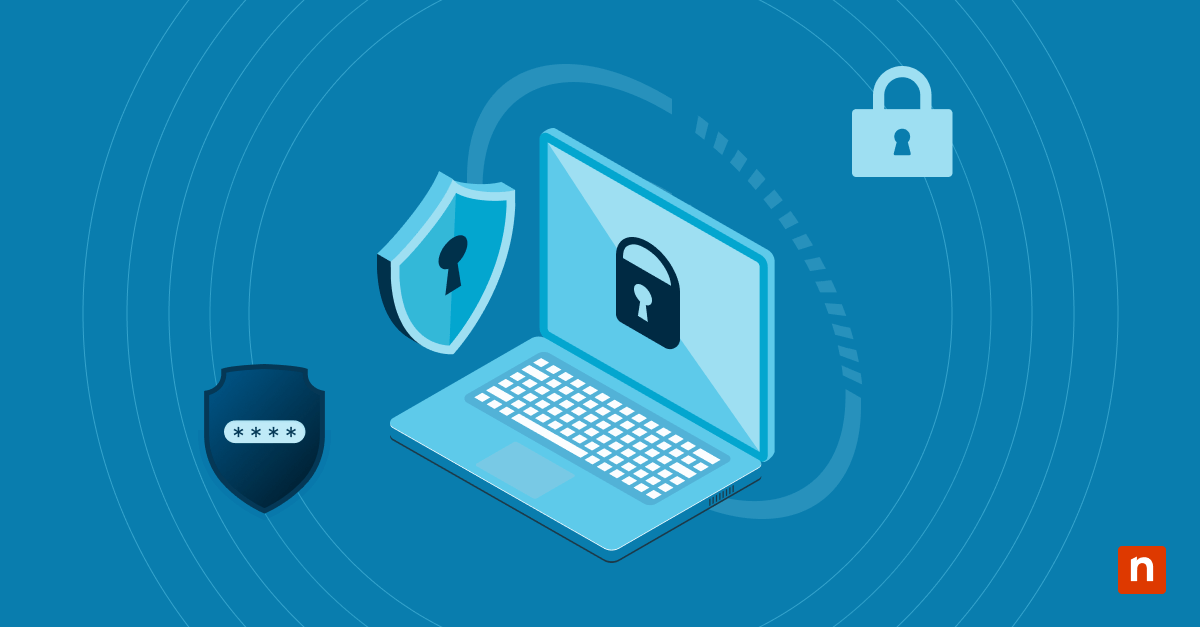In this article, how to add or remove folders for file history backup in Windows will be discussed. Safeguarding your data is a crucial task that everyone must know how to do. The good thing is that today’s computer systems already have a solution in place that automatically backs up important files to an external drive or network location. For Windows users, File History is an invaluable tool that carries out this operation by continuously storing data and its versions. This offers a safety net for users in cases of data loss due to hardware failures, accidental deletions, or cyberattacks.
At the same time, there are files and folders that are not relevant to your backup. In this article, we will walk you through adding or removing folders for File History backup in Windows so you will know how to add critical files for backing up and remove those that you don’t need to store.
An Overview of File History
Before we examine the process in more detail, let’s discuss some things you need to know about File History in Windows 10.
What is the File History Feature?
File History is a built-in feature first introduced in Windows 8. The feature is mainly utilized to continuously back up users’ personal files and store versions of them to an external drive or network location. These stored files are kept safe so they can easily be restored later if needed. File History continues to be available in newer versions of Windows.
What are the Benefits of File History?
Automatic backups
File History continuously scans changes to files in a computer and automatically saves backups without needing manual intervention. This is an ideal feature for those who always want their personal files stored but don’t have the time to back them up manually.
Version history
File History also saves previous versions of files, so in cases where unwanted changes were made to data, users can easily access the older versions of their files and revert the edited data back to its older version.
Simple restoration
File History offers a straightforward and efficient way for users to restore their files, helping with productivity and reducing downtime.
What Are Common Use Cases of File History?
Depending on users, File History can be helpful based on someone’s purpose in leveraging the tool. Here are some of the most common use cases of File History.
- For individuals. Even personal and home users need a secure way to back up their data if something goes wrong with their system. Leveraging File History feature helps individual users safeguard their files so that they can restore their files hassle-free in instances of data loss.
- For businesses. Many businesses keep critical data such as customer information, financial reports, and other sensitive information. Losing these important files could also mean a significant loss of revenue. File History ensures businesses can access the most up-to-date versions of their important documents, even if the original files are lost or corrupted.
- For IT administrators. Teams that manage a fleet of Windows computers would prefer an automated backup solution built within the Windows operating system. This saves IT administrators time by allowing them to stop jumping from one tool to another just to back up files on their managed computers.
Preparing to Customize File History
Before managing File History, you must ensure that configurations are properly set up. This will prevent potential problems, which will save you time.
Prerequisites
-
Check your storage drive
Your storage drive is one of the most vital components in this File History operation. You will want to check if they are working properly. Whatever type of storage device you have, confirm that it has enough space to hold backed-up files and future versions. If you use an external hard drive, verify that it is connected to your computer whenever backups are scheduled.
-
Verify if the File History feature is enabled
File History should be turned on first before you can customize it. Ensure that File History is enabled by going to Settings, then navigating to Update & Security > Backup. Under the Back up using File History section, ensure the toggle switch is turned on. Alternatively, you can go to Control Panel > File History and then turn it on to activate the feature if it’s not yet enabled.
Adding and Removing Folders to File History
Once the prerequisites are met, you can start customizing your File History.
Adding Folders for File History Backup in Windows
1. Open Backup Settings
- Press Windows + I to open Settings.
- Navigate to Update & Security and select Backup from the left-hand menu.
2. Access More Options
- Under the Back up using File History section, click More options.
3. Add Folders to Backup
- Scroll down to the Back up these folders section.
- Click Add a folder.
4. Choose a Folder to Add
- Browse to the folder, drive, or library you want to include in the backup.
- Click Choose this folder to confirm your selection.
5. If You Need to Add More Folders
- If you need to add more folders, repeat Steps 3 and 4.
6. Finish the Process
- Once you’re done, you can now close Settings.
Removing Folders for File History Backup in Windows
1. Open Backup Settings
- Press Windows + I to open Settings.
- Navigate to Update & Security and select Backup from the left-hand menu.
2. Access More Options
- Under the Back up using File History section, click More options.
3. Select a Folder to Remove
- Scroll down to the Back up these folders section.
- Click on the folder you want to remove.
4. Remove the Folder
- Click Remove to exclude the folder from the backup list.
5. If You Need to Remove More Folders
- If you need to remove more folders, repeat Steps 3 and 4.
6. Finish the Process
- Once you’re done, you can now close Settings.
Customizing File History Troubleshooting and Tips
There may be instances when adding or removing folders to and from File History may not go smoothly. To alleviate the situation, you need to know basic File History troubleshooting. Here are the most common issues users may encounter during the process, their resolutions, and some best practices that you can follow to prevent potential problems and ensure a smooth File History experience.
Troubleshooting
1. Drive Not Detected
A common issue most users encounter when customizing File History is that the system doesn’t detect the storage drive used for File History backups. Here are some solutions that you can try:
- Check the connection. Make sure that the storage drive is connected to your computer.
- Use a different USB port. The problem might stem from a faulty USB port you’re currently using. If available, try using other USB slots.
- Format the drive. Formatting your drive using Disk Management may also solve the issue. Just make sure to back up your data first.
- Assign a driver letter. If your external drive is detected but not showing up in File History, go to Disk Management and assign a drive letter to the device.
2. Backup Failures
An issue like this occurs when File History stops backing up as it should. Here are some things you need to consider to resolve the issue:
- Check storage space. Ensure that your File History backup drive has enough storage space.
- Run a disk check. Use the chkdsk command to check for drive errors.
- Open Command Prompt (Administrator), then run the command chkdsk C: /f /r where you can replace “C” with the assigned letter of the drive you want to check.
- /f fixes errors on the drive.
- /r locates bad sectors and recovers readable information.
- If you’re checking the system drive (usually C:), you’ll see a message:
- “Chkdsk cannot run because the volume is used by another process. Would you like to schedule this volume to be checked the next time the system restarts? (Y/N)”
- Restart your PC to allow CHKDSK to run before Windows boots up, and the disk check will run automatically. The operation may take some time, depending on the drive’s size and condition.
- Once complete, the system will boot into Windows. You can review the results in Event Viewer under Windows Logs > Application (look for entries from Wininit).
3. File History is running slow or gets stuck
Users may sometimes face an issue when it takes longer for File History to finish the backup process. Here are some troubleshooting you can try:
- Pause and resume File History. If you face an issue with File History being unresponsive or slow, you can try to pause it and then resume it. Go to the File History settings and pause the backup. Wait a few minutes, then resume it.
- Exclude large files. If you’re frequently backing up large files, this may also affect File History’s performance. Try excluding large files from File History and see if there are noticeable improvements.
- Check for system updates. Sometimes, bugs may be causing performance issues. Make sure that your Windows system is up to date.
Best Practices for Managing Backup Configurations
- Review your backup folders. Schedule a periodic review of your backup folders. This can help you identify which folders need continuous backup and which ones you need to remove, especially those no longer necessary.
- Use a dedicated drive. Having a separate drive for backups can help you avoid conflicts and confusion. Delegating a drive for backups only also ensures that you have enough storage space for your backup files.
- Schedule your backups. Plan your backups accordingly and set a schedule for this maintenance task. This will help you ensure consistent backups without manual intervention and reduce downtime.
- Test your backups. Regularly restore files from your backup to ensure they are complete and functional. This can also prevent further backup-related issues, which can be disruptive if not addressed before they happen.
Use Cases and Recommendations for File History
Most Common Use Cases of File History
1. Home users
Most home users leverage the File History feature to back up personal files such as important documents, photos, and videos. It’s an easy way to save critical files for later retrieval. File History is also an ideal tool for home users for its user-friendliness and configurations that are easy to manage regardless of technical expertise.
2. For businesses
Businesses use File History to save and back up relevant files such as employee data, customer information, financial reports, and everything related to their operations and profitability. Utilizing File History can help protect businesses from the loss of important organizational data due to cyber-attacks, human error, hardware failure, and more.
3. For IT environments
Aside from the use cases mentioned above, internal IT teams may use File History for a broader backup strategy. File History enables IT teams and organizations to enforce Group Policy to manage File History settings across multiple devices. For redundancy, they can also use File History with other backup solutions, such as cloud backups.
Recommendations for Optimizing File History
- Exclude unnecessary folders. To save space, exclude folders such as temporary files that don’t need to be backed up.
- Use an SSD for backups. If speed is a priority, use an SSD as your backup drive for faster performance.
- Update settings regularly. As your data needs change, update your File History settings to ensure you’re backing up the most critical files.
Alternative Tools or Methods
If File History isn’t enough or does not meet your IT infrastructure requirements, there are alternatives that you may consider when backing up your important files. Here are some of them:
- Windows Backup. Introduced in Windows 11, Windows Backup is a native backup tool built into the Windows operating system that focuses more on creating complete system snapshots or backing up entire folders. It is integrated into OneDrive, Microsoft’s cloud storage service. However, unlike File History, Windows Backup doesn’t offer file versioning.
- OneDrive. With Microsoft shifting towards a cloud-based backup strategy, OneDrive is an ideal alternative to File History. OneDrive offers continuous backup and helps with seamless device migration and cross-device synchronization.
- Third-party backup software. IT administrators and organizations can also use third-party backup software as an alternative or a tool to complement File History’s capabilities.
Frequently Asked Questions (FAQs)
1. What types of files are backed up by File History?
File History primarily backs up files stored in libraries (e.g., Documents, Pictures, Music, Videos), the Desktop, Contacts, and Favorites. It also backs up files in any additional folders you manually add.
2. Can I use File History without an external drive?
Technically, it’s possible to use File History without an external drive by backing up to a local drive or partition. However, it is not advisable since storing backups on the same drive as your system increases the risk of data loss if the drive fails. This can also leave your backups vulnerable to cyber attacks if your main drive becomes a target and gets infected by ransomware.
3. How do I restore files from File History backups?
There are two ways to restore files from File History. First is through the Control Panel, and the second one is by accessing File Explorer:
A. Through Control Panel
- Open Control Panel and select File History.
- Click Restore personal files on the left-hand menu.
- Browse the available versions of your files.
- Select the file or folder you want to restore and click the Restore button.
- Choose whether to replace the existing file or keep both versions.
B. Through File Explorer
- Right-click on the file for which you want to view previous versions.
- Select Properties from the context menu.
- Navigate to the Previous Versions tab within the file’s Properties window.
- A list of available previous versions of the file will show up. This should allow you to compare and restore the current and previous version of the file you’re focusing on.
Streamlining Folder Backups Through File History
Having a safety net for keeping your important files is vital to data protection. Knowing the proper ways of adding or removing your folders for File History backups is one way to safeguard critical files, whether you’re a home user, a business entity, or part of an IT team. The steps discussed above should help you carry out this operation efficiently and ensure that your valuable data is always protected.



